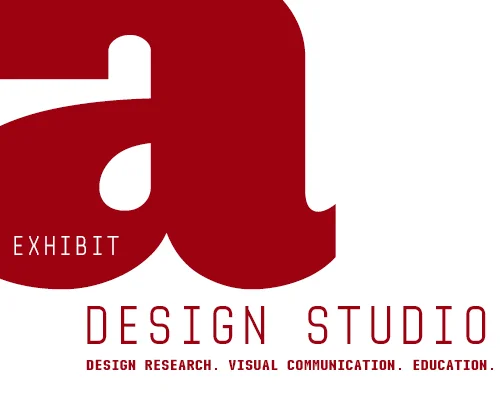Design Writing + The Student Publication
Download a copy of the syllabus here.
Students engaged in a variety of types of writing projects to explore different voices and visual outputs that writing might take. Students collectively worked to develop volumes of The Student Publication, which is the oldest student-run design journal in the country. At the bottom of the page is a link to the volumes that I have worked on as faculty advisor.
Assignment: Personal Essay
Prompt: Looking at the familiar experiences of our own life and work can provide important opportunities to unpack the complex ideas and arguments embedded in critical writing. We will use Debbie Millman’s “Look Both Ways” as inspiration for developing personal, illustrated essay that describes the intersection of your personal interest area and the topic of Volume 38: Flux.
Assignment: Case Study Essay
Using the contributor to Volume 38 who’s name Tania supplied to you, write a case study of the person + their work and how that is evidence of some aspect of the them of Volume 38 (Flux: Design in Transition.) You should plan to use 1 specific project from their work as an example of this relationship. You should also do outside research to validate your ideas for the importance of flux (quotes from famous designers, etc.)
The Student Publication
The Student Publication is one of the oldest student-led design journals in the country. Among the design luminaries who have contributed to its pages are Le Corbusier, Mies Van der Rohe, Buckminster Fuller and Richard Saul Wurman.
Each year, students devise a theme and invite well-known professional designers, academics and theoreticians to contribute. In addition, an open call to students is also distributed. The most recent volume (38) was entitled FLUX: Design in Transition, and provided a means of adding diversity and new perspectives on design processes and practices. In nearly every aspect of design, change, whether packaged in the form of something big or small, is inevitable. This FLUX, or constant state of change, provides a means of adding diversity and new perspectives on design process and practice. Designers must ultimately exist in a state of fluidity, and acknowledge changes in process, collaboration, and ways of thinking to move forward and create alternative, and preferable, futures.









